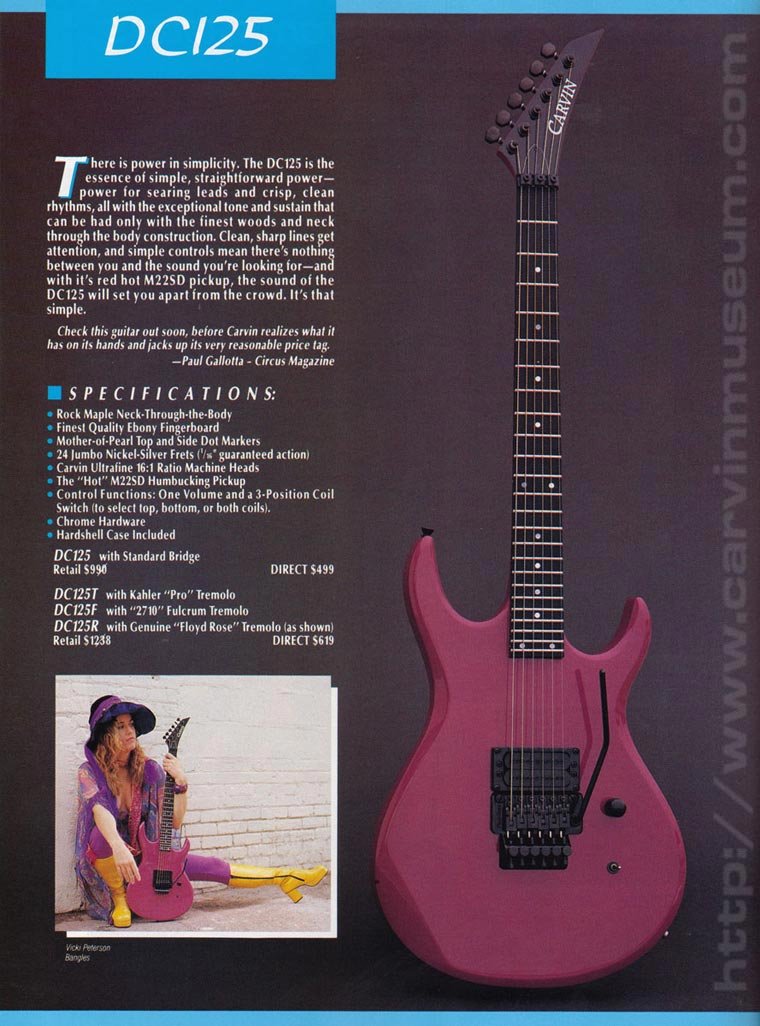I spotted this one online at Guitar Center in fairly rough shape but for an absurdly low price and I couldn’t resist. I’ve been loving my Triple Rectifier 3 channel and was really interested to hear just how different these older 2 channel models sound in comparison.
In short - wow. At times I felt the 3 channel rectifier was both too bassy and too piercing, overall a fantastic amp but it couldn’t quite nail some of the late 90s/early 00’s tones I think of when I think “rectifier.” Well, this being the same amp circuit used on so many recordings of that era it nails the tone perfectly. Anytime I pick up a low tuned guitar to play some Korn, Limp Bizkit, Linkin Park, or Incubus this THE go to amp. As an added bonus, it also nails a lot of those 90s punk rock tones like Unwritten Law, Blink-182, Lagwagon etc plus rock bands like Foo Fighters. Really, we could list pro bands all day that used these amps as they are extremely popular and great both recorded and live - and now I see why.
Anyway, the tolex is in rough shape and I’ll attempt to re-glue the edges where it is peeling up, and it needs a good cleaning inside as it’s very dirty and rusty - well traveled for sure but sounds as good as new. Definitely a keeper as far as amps go and a great option to have in the deck.












